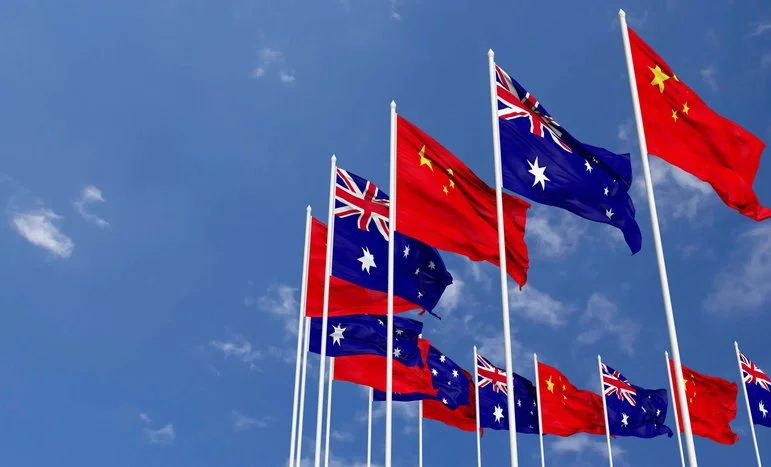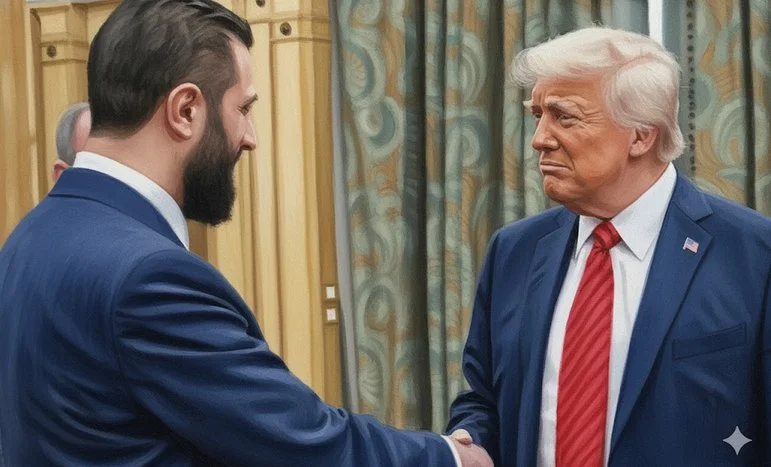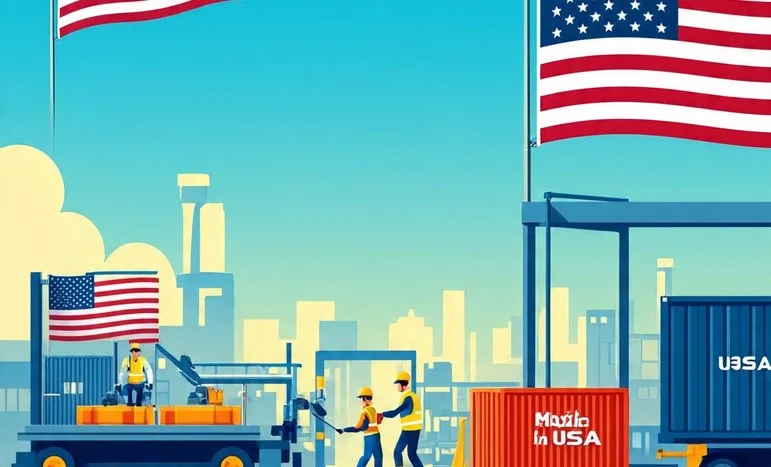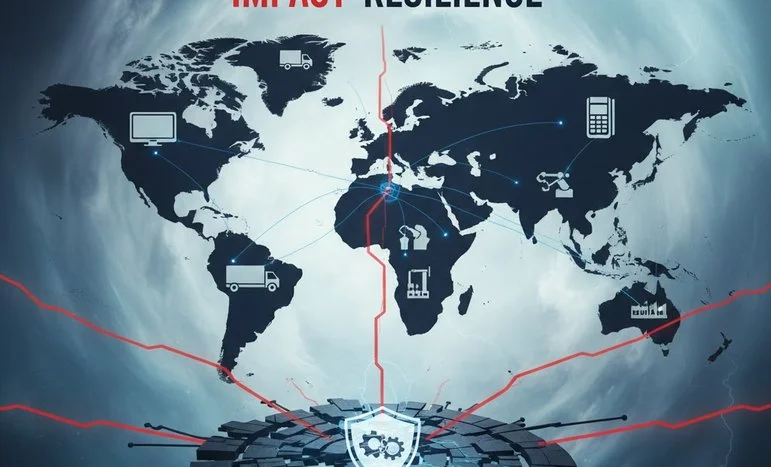
Australia and China: A Fragile Diplomatic Rapprochement or a Strategic Reset?
After half a decade of icy exchanges, mutual sanctions, and diplomatic friction, Australia and China appear to be edging toward a fragile thaw. With high-level visits, trade restrictions being eased, and rhetoric toned down, observers are cautiously asking: Is this a lasting reset or a tactical pause?
The Road Back from Retaliation
Relations began to deteriorate sharply in 2020 after Australia pushed for an international inquiry into the origins of COVID-19. China responded with sweeping tariffs on Australian exports, ranging from barley and beef to wine and coal. At the time, Australia’s stance was supported by democratic allies, but it came at a steep economic cost.
Now, with Prime Minister Anthony Albanese’s government seeking to re-engage, and President Xi Jinping approving reciprocal diplomatic gestures, the two countries have signaled that the strategic hostility of recent years may be softening.
Trade First, Trust Later?
One of the most immediate signs of rapprochement has been the unwinding of punitive trade barriers. China’s recent lift on tariffs for Australian wine and coal is seen as a goodwill gesture, even as geopolitical rivalry simmers beneath the surface.
According to the Australian Strategic Policy Institute, the cumulative losses from China’s trade sanctions reached nearly AUD $20 billion by 2023. The return of key export access could significantly boost sectors hit hard during the freeze.
But trade recovery does not necessarily equate to strategic trust.
“China still sees Australia as a U.S. security proxy in the Indo-Pacific,” said political analyst Dr. Elise Hawthorne. “Meanwhile, Canberra remains skeptical of Beijing’s ambitions in the South Pacific and its military posturing near Taiwan.”
The Security Dilemma Persists
Despite diplomatic smiles, core tensions remain unresolved. Australia continues to be a vocal player in AUKUS, the trilateral defense pact with the U.S. and U.K., aimed at counterbalancing China’s influence in the Indo-Pacific.
Recent naval exercises in the South China Sea and Canberra’s renewed support for Taiwan’s democratic status further complicate the warmth.
Beijing, for its part, views these actions as containment rather than cooperation. As a result, the strategic mistrust has not evaporated—only been momentarily shelved.
Domestic and Regional Pressures
Both nations face domestic calculations. For Australia, economic diversification away from China has been difficult, especially for sectors heavily reliant on Chinese consumers. For China, repairing ties with key trade partners is vital amid a sluggish post-COVID economy and growing friction with the West.
Regionally, ASEAN states have cautiously welcomed the thaw, hoping it reduces the polarization in the Indo-Pacific. However, few believe this is a return to the early 2010s era of Australia-China harmony.
A Reset or a Pause?
Experts believe that the rapprochement is pragmatic rather than ideological. Both countries are adjusting to new realities rather than rewriting them.
“This is a détente born of necessity, not affection,” said Professor Michael Zhang of the University of Sydney. “It will be tested the moment national interests diverge sharply again.”
The Australia-China diplomatic rapprochement is a welcome step, but fragile and conditional. Trust will be slow to build and quick to evaporate. As geopolitical currents shift and domestic needs evolve, both sides will have to walk a delicate tightrope.
For now, dialogue has resumed. But how long it lasts depends not on ceremonies and handshakes—but on actions taken when the next crisis unfolds.
References
- Australian Strategic Policy Institute - Trade Fallout with China (2023)
- BBC Views - Australia PM Visits China for First Time Since 2016
- Reuters - China Lifts Coal and Wine Tariffs in Move to Ease Tensions
- University of Sydney - Interview with Prof. Michael Zhang on Strategic Diplomacy
- The Diplomat - Australia’s Balancing Act in the Indo-Pacific
We appreciate that not everyone can afford to pay for Views right now. That’s why we choose to keep our journalism open for everyone. If this is you, please continue to read for free.
But if you can, can we count on your support at this perilous time? Here are three good reasons to make the choice to fund us today.
1. Our quality, investigative journalism is a scrutinising force.
2. We are independent and have no billionaire owner controlling what we do, so your money directly powers our reporting.
3. It doesn’t cost much, and takes less time than it took to read this message.
Choose to support open, independent journalism on a monthly basis. Thank you.















